Home>Garden Essentials>What Happens If You Swallow A Sunflower Seed Shell
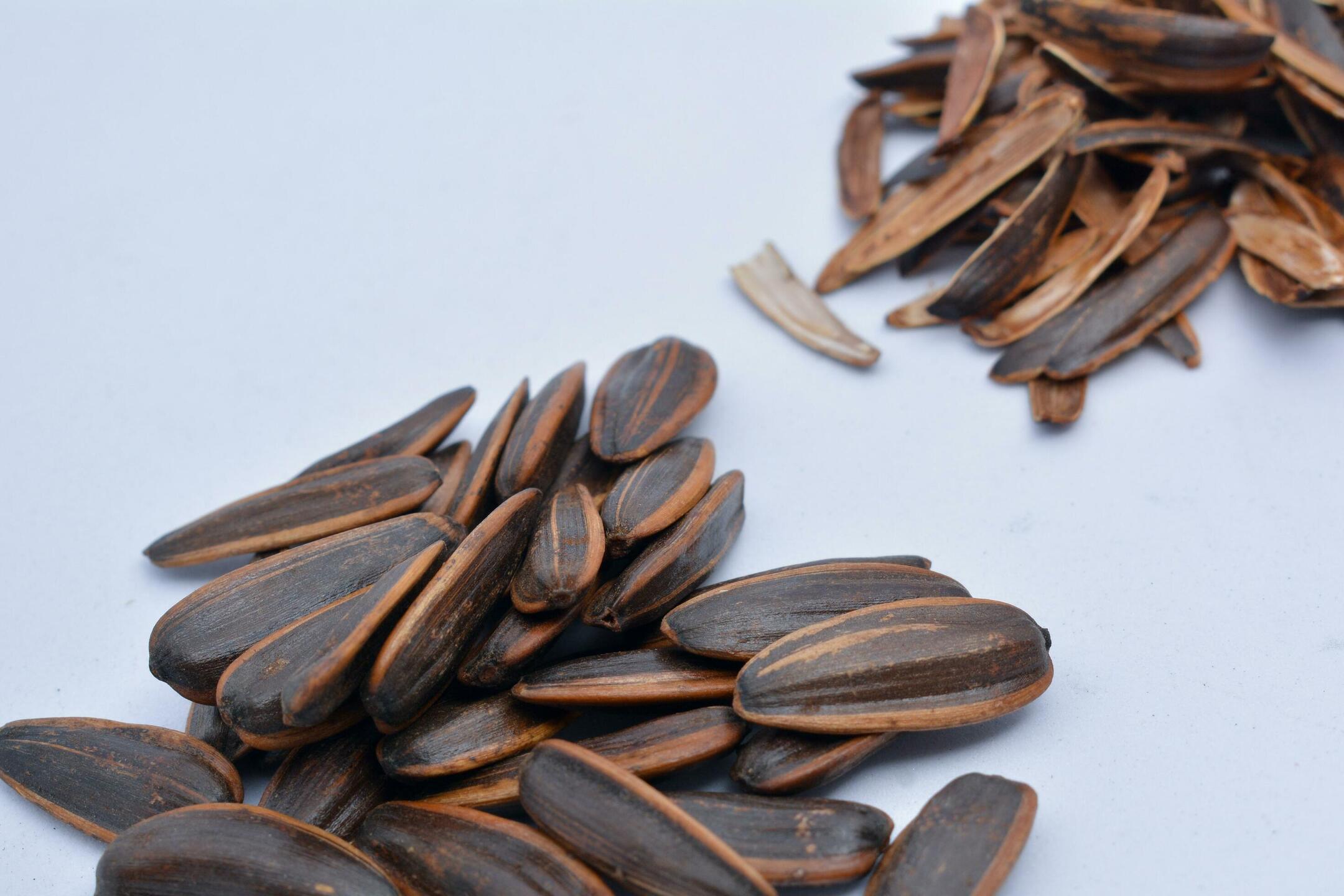

Garden Essentials
What Happens If You Swallow A Sunflower Seed Shell
Published: December 16, 2023
Discover what happens if you accidentally swallow a sunflower seed shell and learn how to avoid it in your garden. Find out more about sunflower seed shell ingestion.
(Many of the links in this article redirect to a specific reviewed product. Your purchase of these products through affiliate links helps to generate commission for Storables.com, at no extra cost. Learn more)
**
Introduction
**
Sunflowers are not only beautiful to look at, but their seeds are also a popular snack enjoyed by many. Whether you’re munching on them at a baseball game or adding them to your salad for a delightful crunch, sunflower seeds are a tasty and nutritious treat. However, have you ever wondered what would happen if you accidentally swallowed a sunflower seed shell? While it’s natural to be concerned, rest assured that our bodies are well-equipped to handle such situations.
In this article, we will delve into the digestive process, potential risks, symptoms, and treatment associated with swallowing sunflower seed shells. By understanding the journey of these tiny seeds through our digestive system, you’ll gain valuable insight into the potential outcomes of such an occurrence. So, let’s explore the fascinating world of sunflower seeds and uncover the truth about what happens if you swallow a sunflower seed shell.
**
Key Takeaways:
- Swallowing sunflower seed shells in moderation is generally safe, but consuming a large amount at once can cause digestive issues. It’s important to be mindful of how many seed shells you eat to avoid discomfort.
- If you accidentally swallow a sunflower seed shell, most of the time it will pass through your body without causing harm. However, if you experience persistent symptoms, it’s important to seek medical advice promptly.
The Digestive Process
**
When you swallow a sunflower seed, it embarks on an incredible journey through your digestive system. The process begins in the mouth, where the seed is mixed with saliva, making it easier to swallow. Once swallowed, the seed enters the esophagus, a muscular tube that transports it to the stomach. In the stomach, the seed encounters a potent mix of digestive juices, including hydrochloric acid and enzymes, which work together to break down the seed and release its nutrients.
After the stomach, the partially digested seed moves into the small intestine, where it undergoes further digestion and nutrient absorption. Here, the nutrients from the sunflower seed, such as protein, healthy fats, and fiber, are extracted and utilized by the body for energy and various physiological functions. The remaining indigestible components, including the seed shell, continue their journey into the large intestine.
As the seed shell travels through the large intestine, it encounters a diverse population of beneficial bacteria that inhabit this part of the digestive system. These bacteria play a crucial role in fermenting fiber and breaking down certain components of the seed shell. Ultimately, the indigestible remnants, including the seed shell, are expelled from the body in the form of feces.
It’s important to note that while the human digestive system is adept at processing and eliminating indigestible materials, swallowing a large number of sunflower seed shells in a short period of time can potentially pose risks, as we’ll explore in the next section.
**
Potential Risks
**
Swallowing sunflower seed shells in moderation is unlikely to cause significant harm, as the human digestive system is well-equipped to handle small quantities of indigestible material. However, consuming a large volume of seed shells within a short timeframe can lead to potential risks and discomfort.
One of the primary concerns associated with swallowing a large number of sunflower seed shells is the risk of gastrointestinal obstruction. The fibrous nature of the seed shells, when consumed in excess, can potentially form a mass that obstructs the normal flow of food and waste through the digestive tract. This can lead to symptoms such as abdominal pain, bloating, constipation, and in severe cases, bowel obstruction, which requires immediate medical attention.
Additionally, the sharp edges of the seed shells may cause irritation to the digestive tract, particularly the esophagus and intestines, leading to discomfort and potential injury. While the likelihood of serious complications from swallowing sunflower seed shells is relatively low, it’s essential to exercise caution and moderation when consuming these seeds to minimize the risk of adverse effects.
Furthermore, individuals with pre-existing gastrointestinal conditions, such as diverticulitis or inflammatory bowel disease, may be more susceptible to complications if they swallow sunflower seed shells. In such cases, it’s advisable to consult with a healthcare professional before consuming foods that contain indigestible components.
By being mindful of the potential risks associated with swallowing sunflower seed shells, individuals can make informed choices about their consumption and take steps to minimize the likelihood of adverse effects.
**
If you accidentally swallow a sunflower seed shell, it will likely pass through your digestive system without causing harm. However, if you experience discomfort or pain, seek medical attention.
Symptoms and Treatment
**
When a sunflower seed shell is swallowed, it typically passes through the digestive system without causing significant issues. However, in some cases, individuals may experience mild discomfort or encounter symptoms that warrant attention. Common symptoms associated with swallowing sunflower seed shells include:
- Throat irritation or discomfort
- Mild abdominal discomfort or bloating
- Constipation
If you experience persistent or severe symptoms after swallowing a sunflower seed shell, it’s important to seek medical advice promptly. In rare instances where a gastrointestinal obstruction is suspected, immediate medical attention is crucial to prevent complications.
For mild symptoms, such as throat irritation or mild abdominal discomfort, consuming plenty of fluids and dietary fiber can help facilitate the passage of the seed shell through the digestive tract. Additionally, engaging in light physical activity, such as walking, may aid in promoting normal digestive motility and alleviating discomfort.
It’s essential to refrain from consuming additional sunflower seeds or seed shells until the current symptoms have resolved. Over-the-counter remedies, such as mild laxatives or antacids, may provide relief for associated symptoms, but it’s advisable to consult with a healthcare professional before using any medication.
In cases where symptoms persist or worsen, a healthcare provider can conduct a thorough evaluation to determine the appropriate course of action. Diagnostic tests, such as imaging studies or endoscopic procedures, may be employed to assess the digestive tract and identify any potential complications resulting from the ingestion of sunflower seed shells.
Ultimately, while the majority of instances involving the ingestion of sunflower seed shells result in minimal or transient discomfort, it’s crucial to remain vigilant and seek medical attention if symptoms are concerning or persistent. By being proactive in addressing any potential issues, individuals can ensure their well-being and peace of mind.
**
Conclusion
**
Swallowing a sunflower seed shell is unlikely to cause significant harm in most cases, as the human digestive system is adept at processing and eliminating indigestible materials. However, consuming a large volume of seed shells within a short timeframe can pose potential risks, including gastrointestinal obstruction and discomfort.
By understanding the digestive process and potential risks associated with swallowing sunflower seed shells, individuals can make informed choices about their consumption and take steps to minimize the likelihood of adverse effects. It’s essential to exercise moderation and mindfulness when enjoying sunflower seeds, particularly in their shell form, to mitigate the risk of complications.
In the event of swallowing a sunflower seed shell, being attentive to any symptoms and seeking prompt medical advice if necessary is crucial. Mild symptoms can often be managed with supportive measures, such as increased fluid intake and dietary fiber, while more severe or persistent symptoms require medical evaluation to ensure appropriate care and intervention.
Ultimately, while the act of swallowing a sunflower seed shell may raise concerns, the vast majority of instances result in minimal or transient discomfort. By approaching the situation with awareness and proactive care, individuals can navigate this uncommon occurrence with confidence and ensure their well-being.
So, the next time you savor the delightful crunch of sunflower seeds, rest assured that your body is well-equipped to handle the occasional swallowed seed shell. With mindfulness and moderation, you can continue to enjoy these nutritious and flavorful seeds while minimizing any potential risks.
Frequently Asked Questions about What Happens If You Swallow A Sunflower Seed Shell
Was this page helpful?
At Storables.com, we guarantee accurate and reliable information. Our content, validated by Expert Board Contributors, is crafted following stringent Editorial Policies. We're committed to providing you with well-researched, expert-backed insights for all your informational needs.
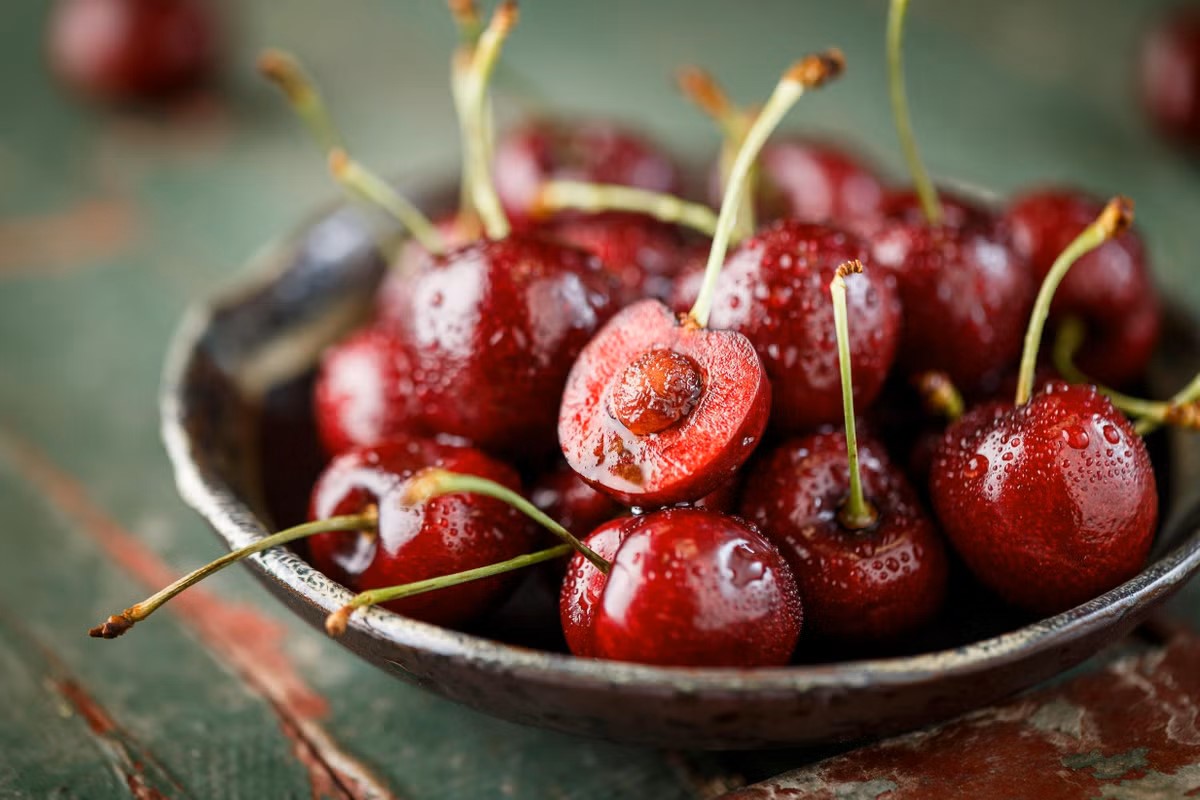
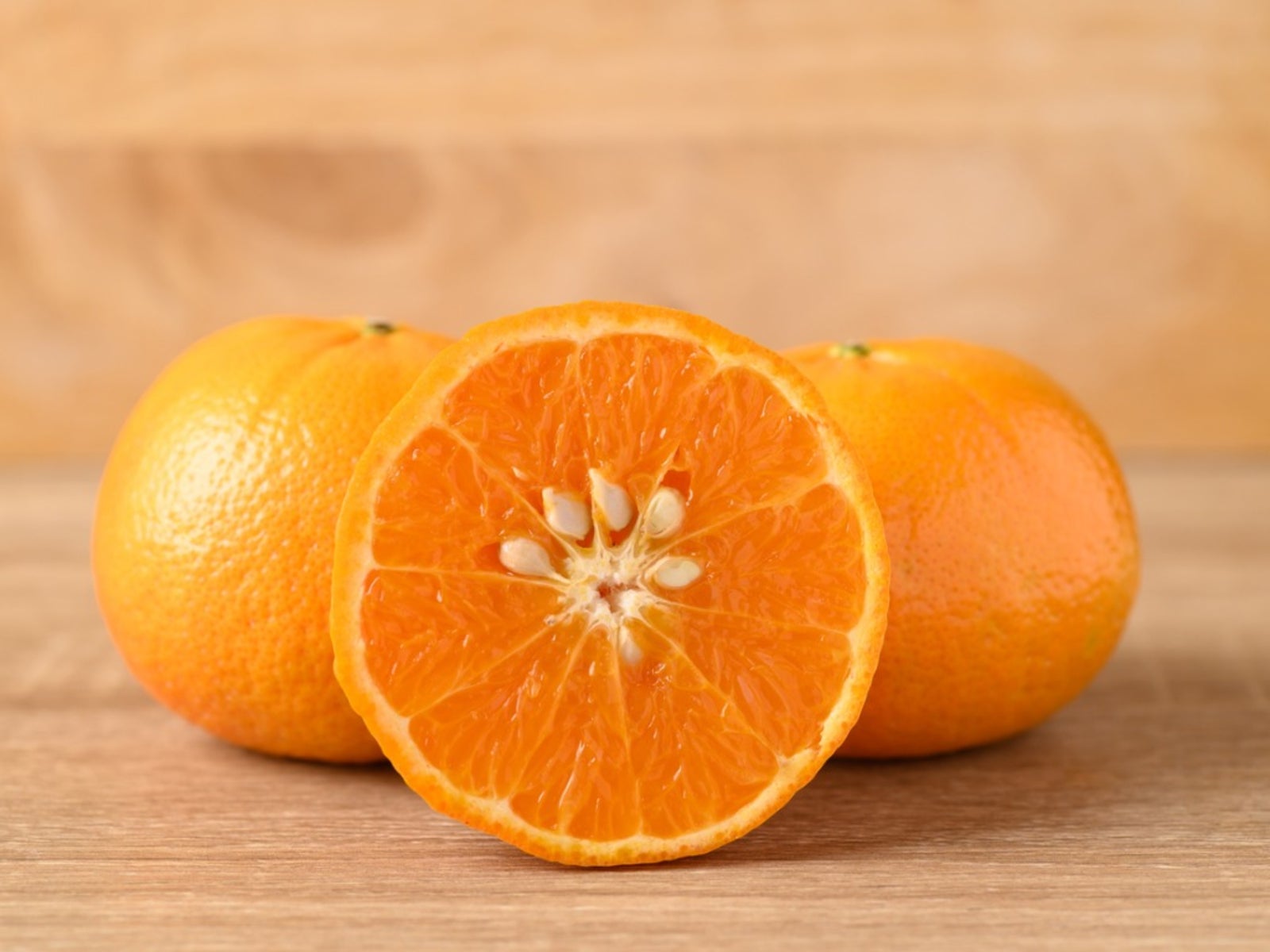
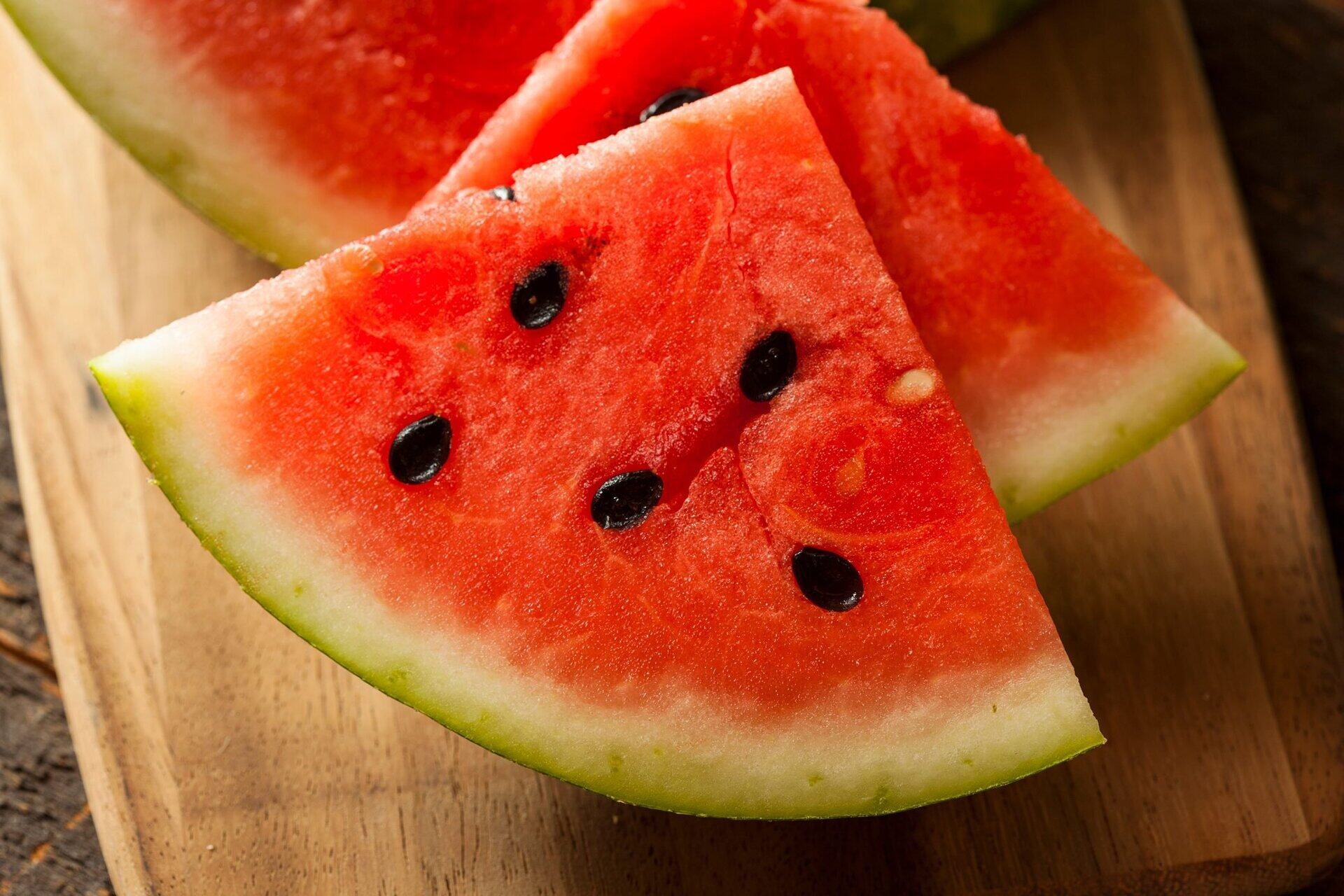
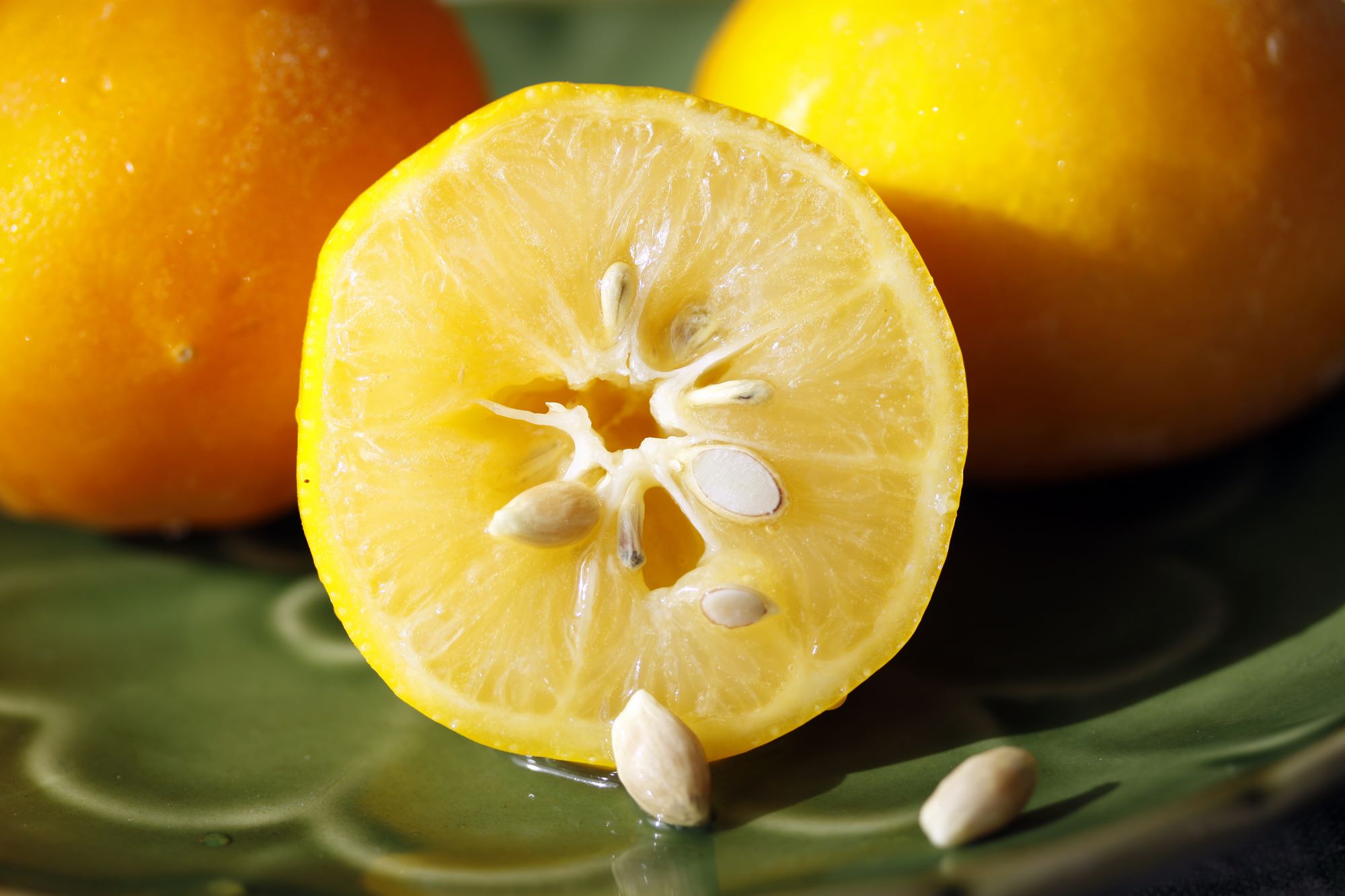
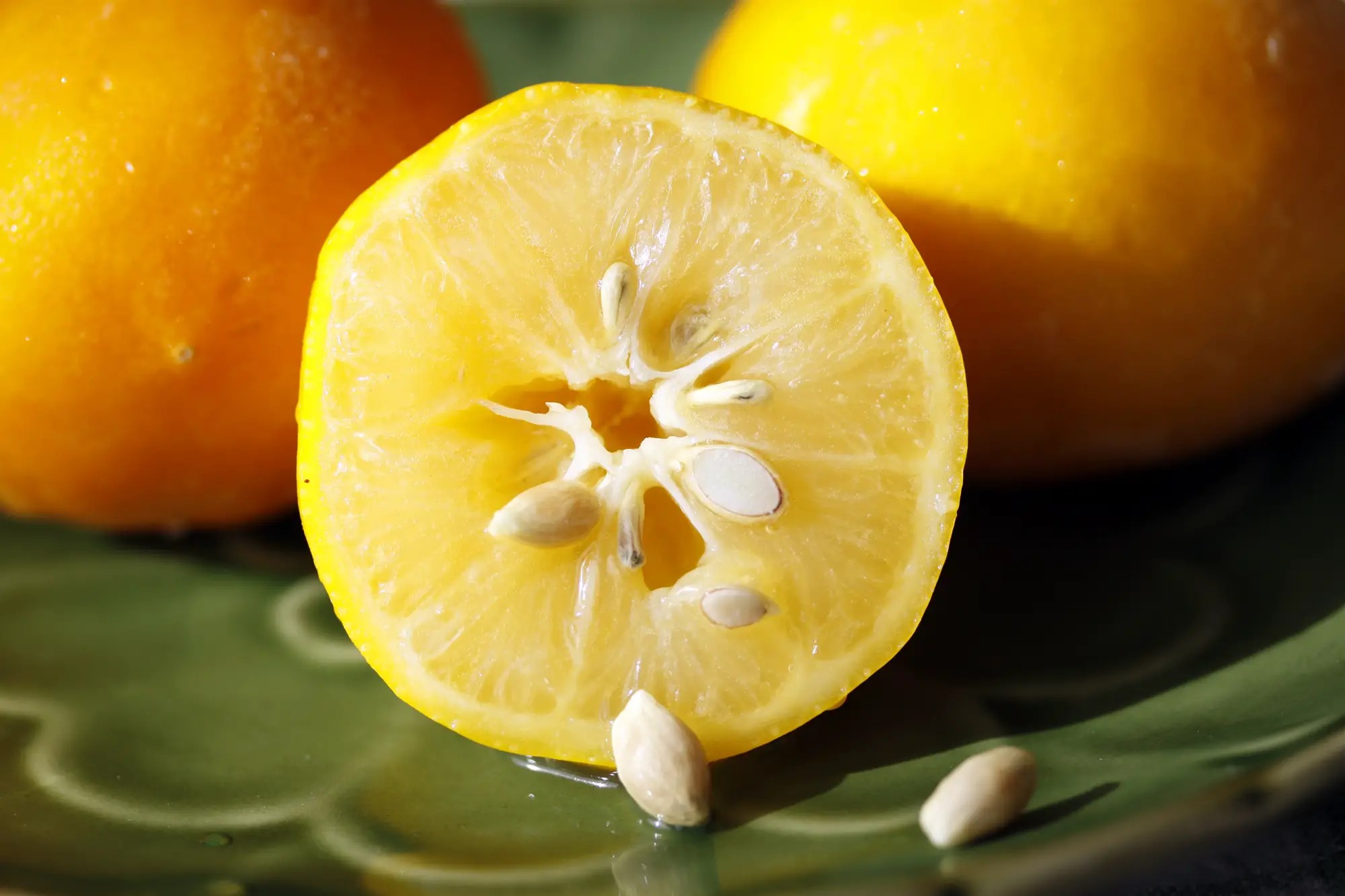
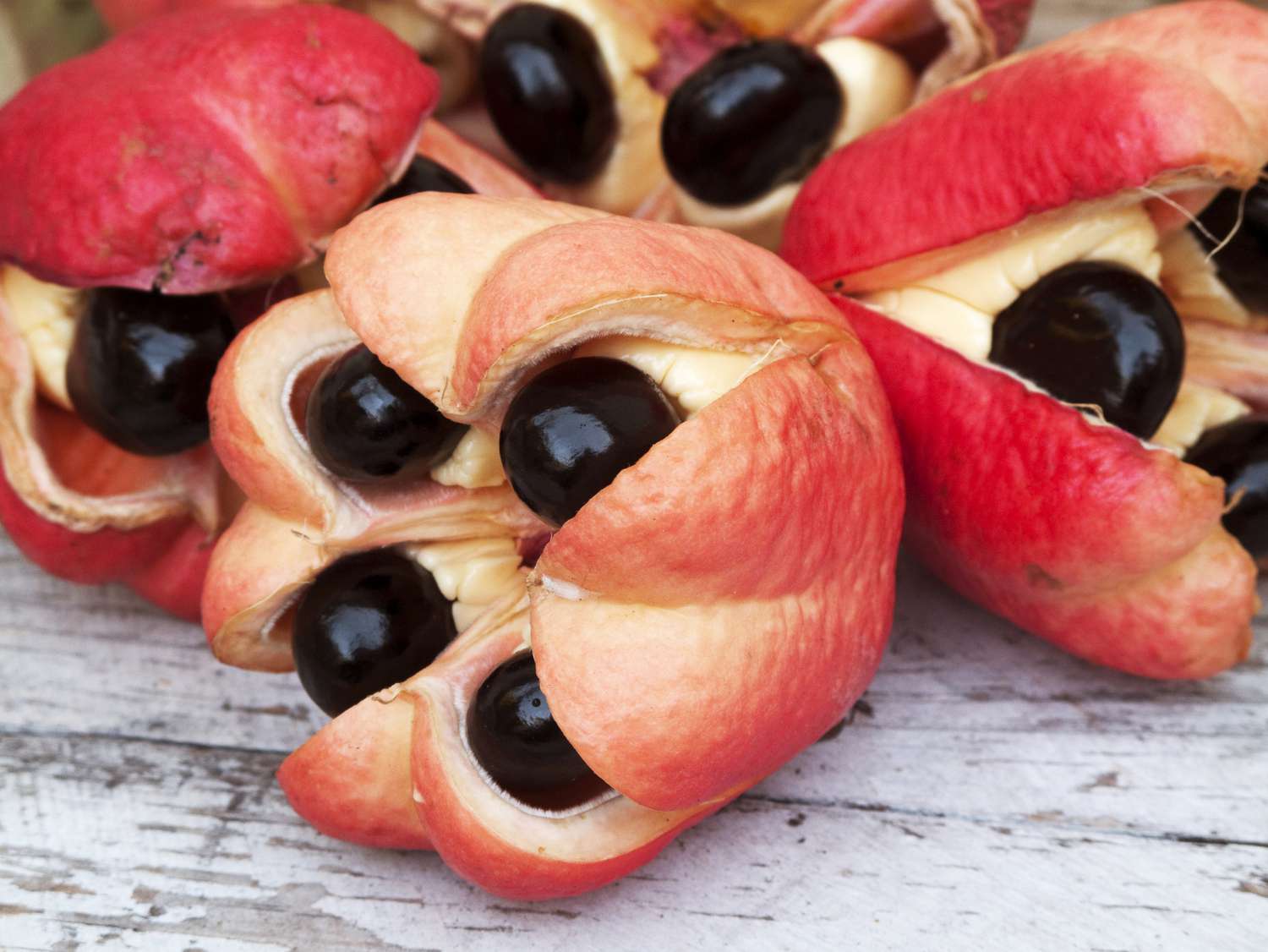
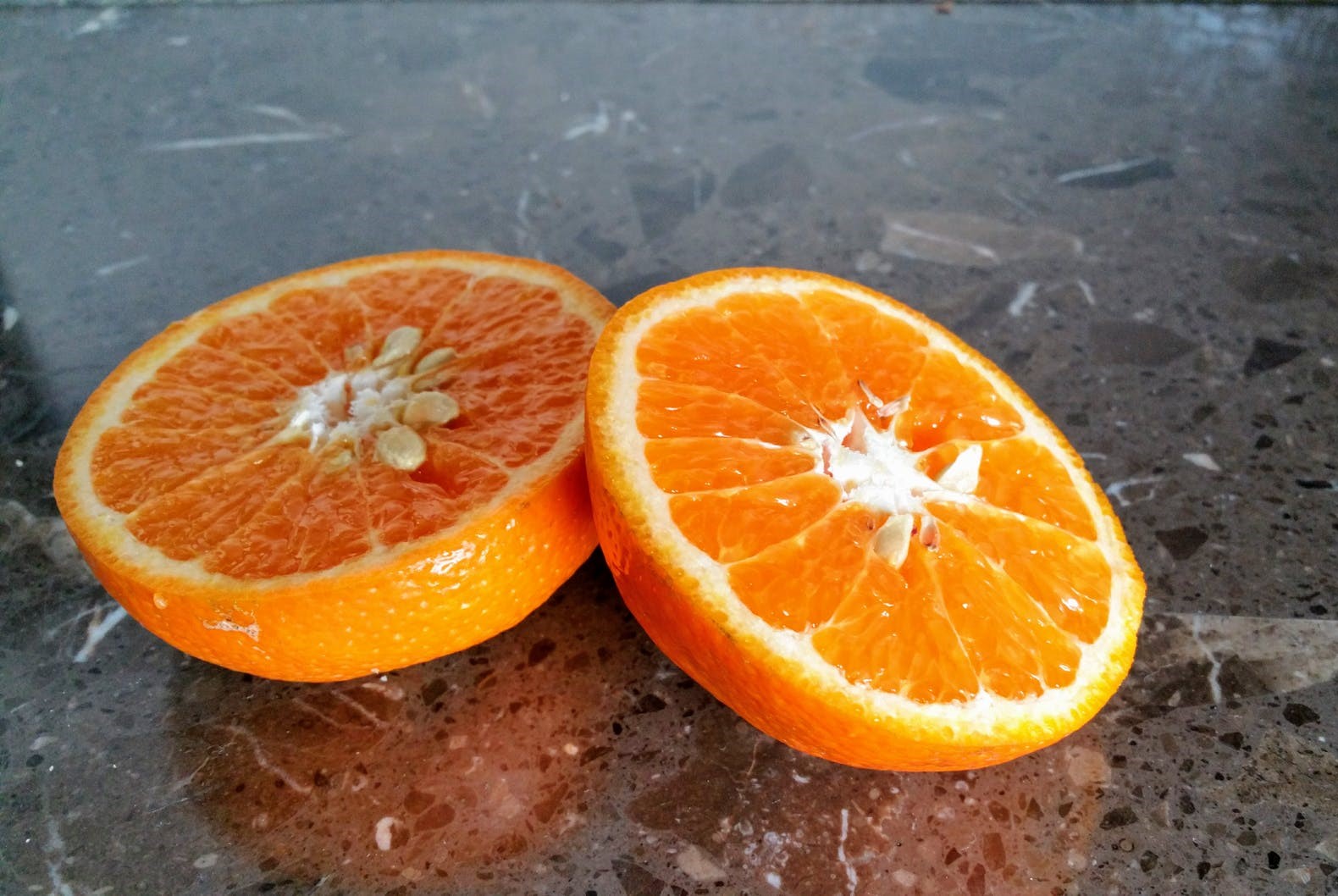
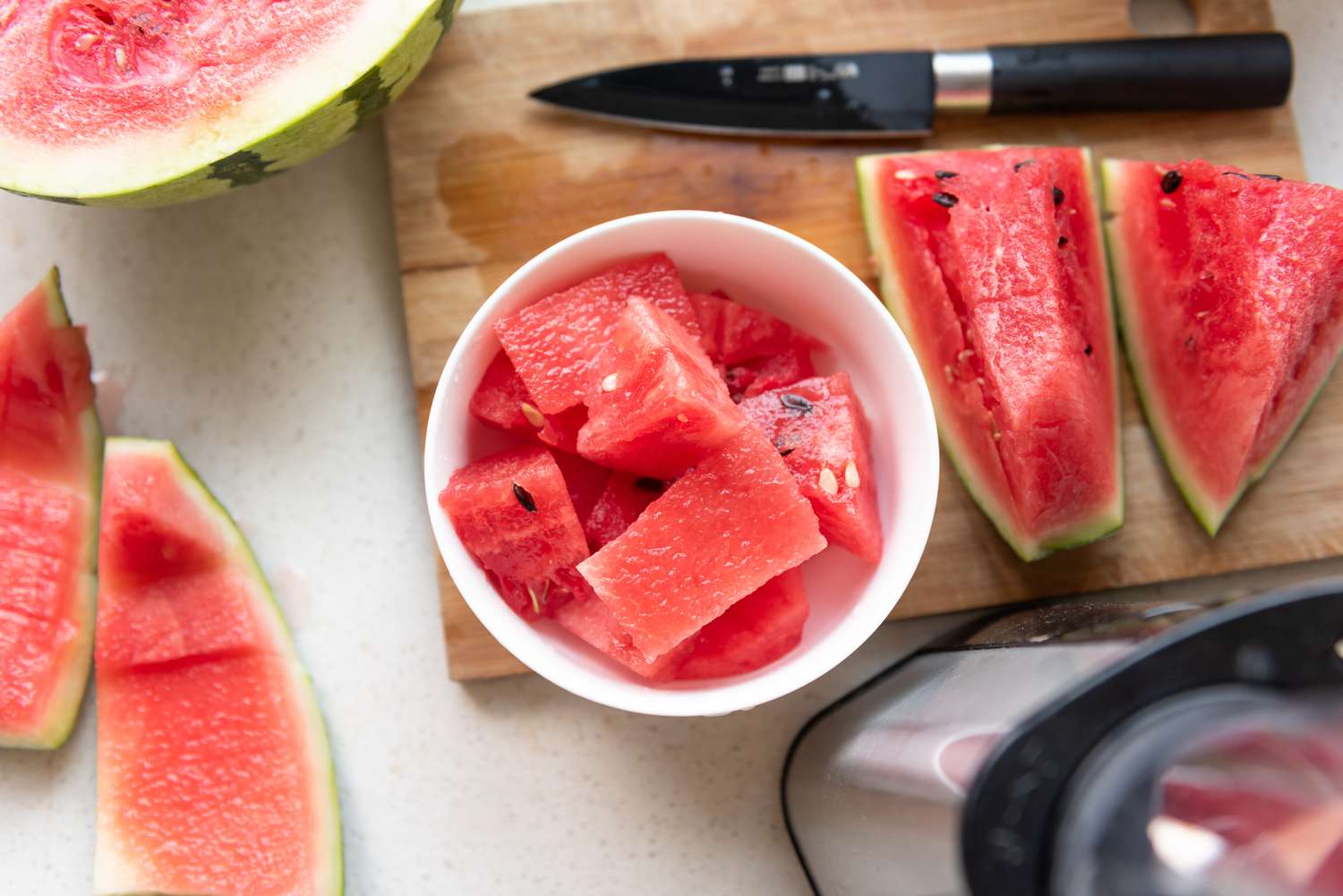
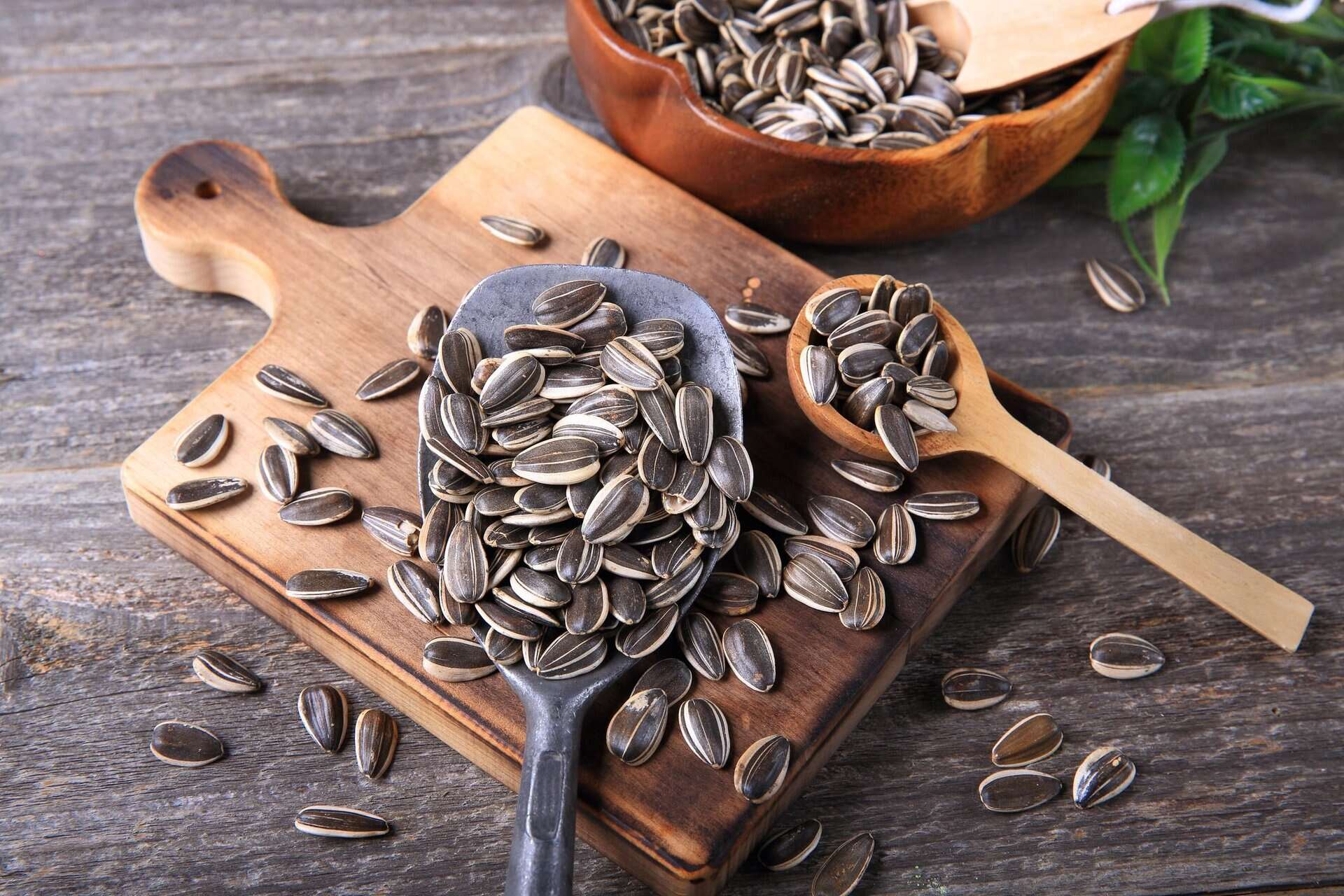
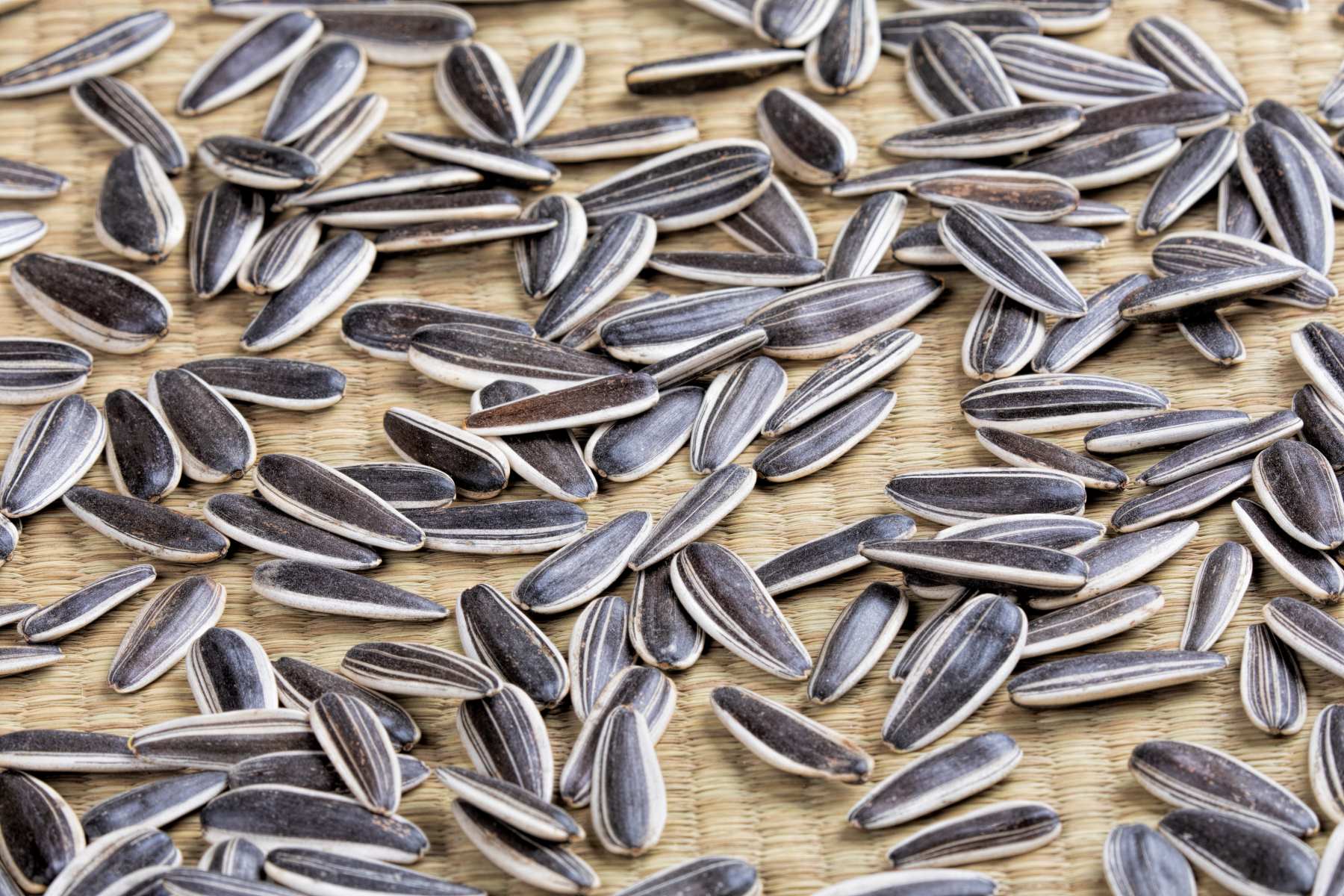
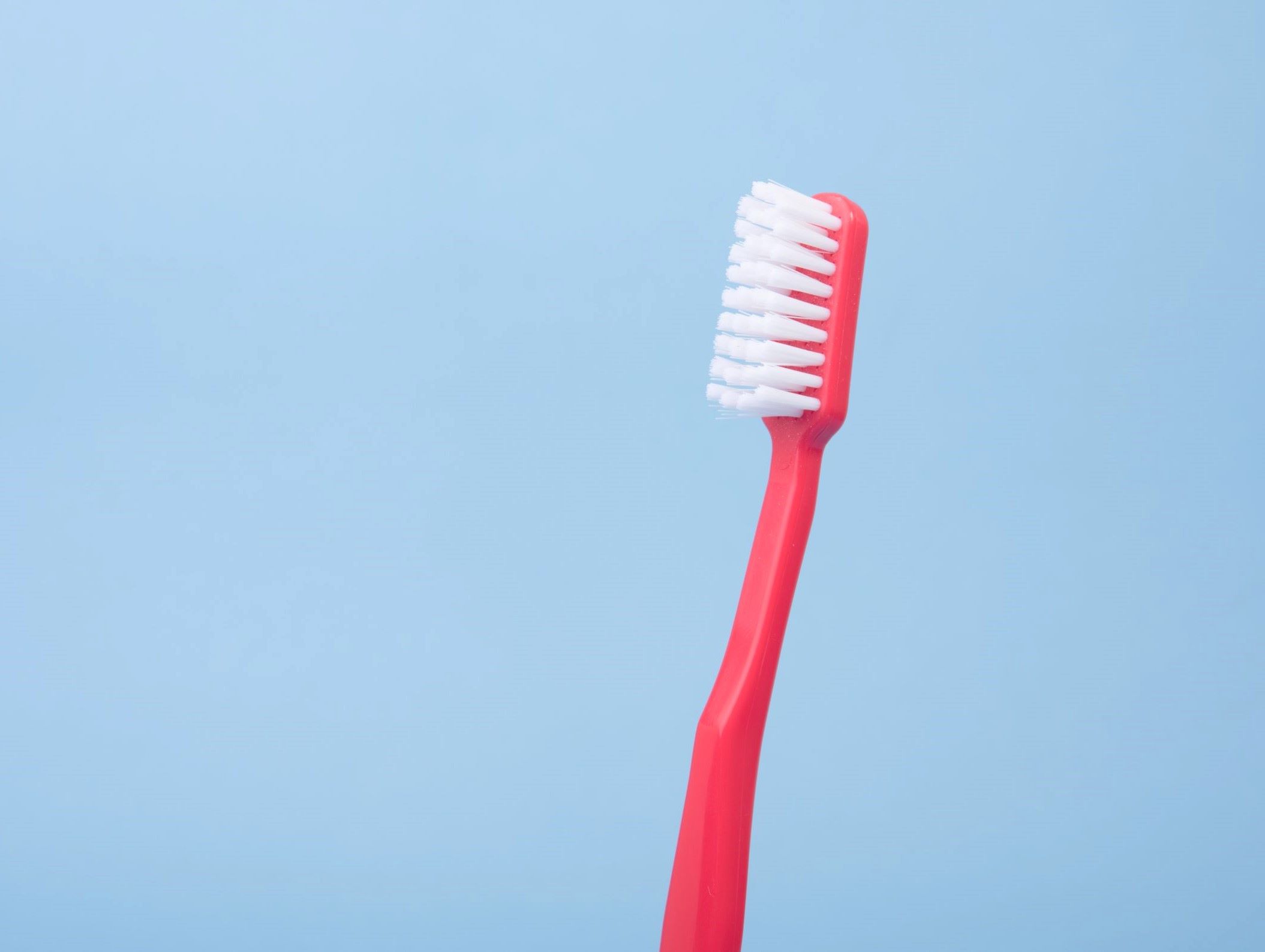
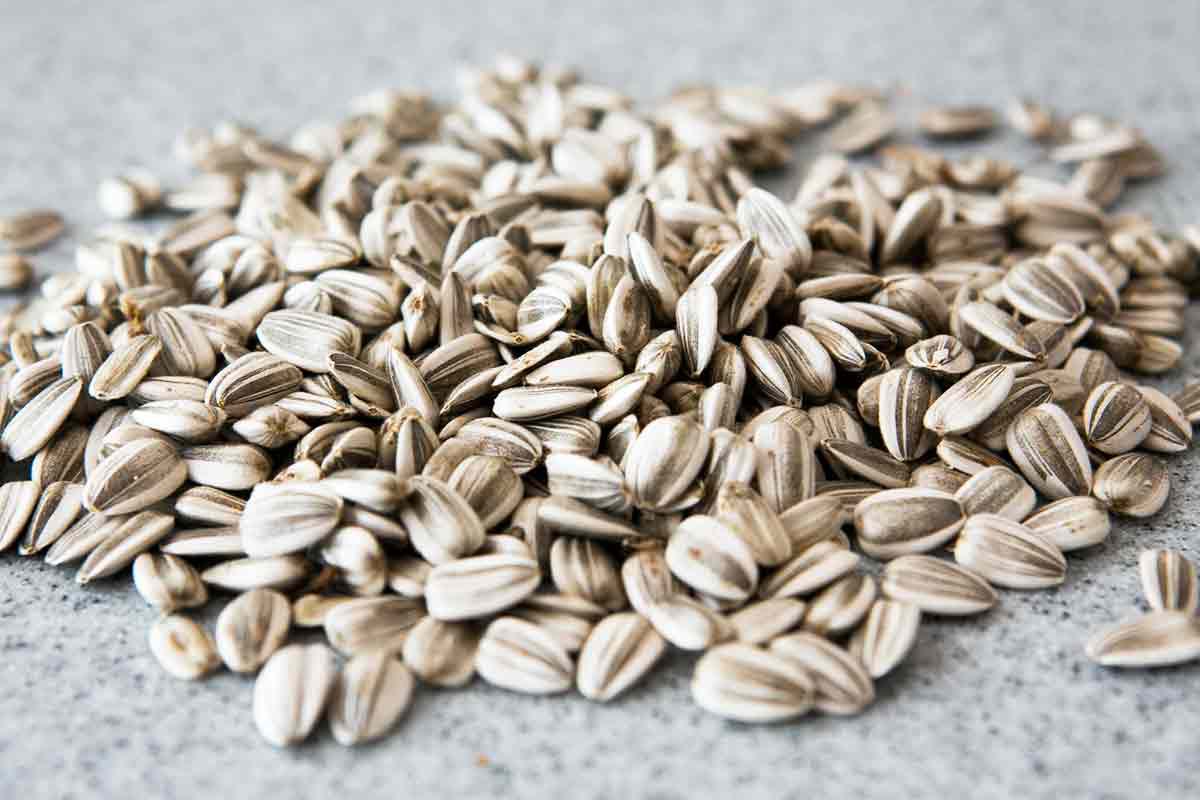
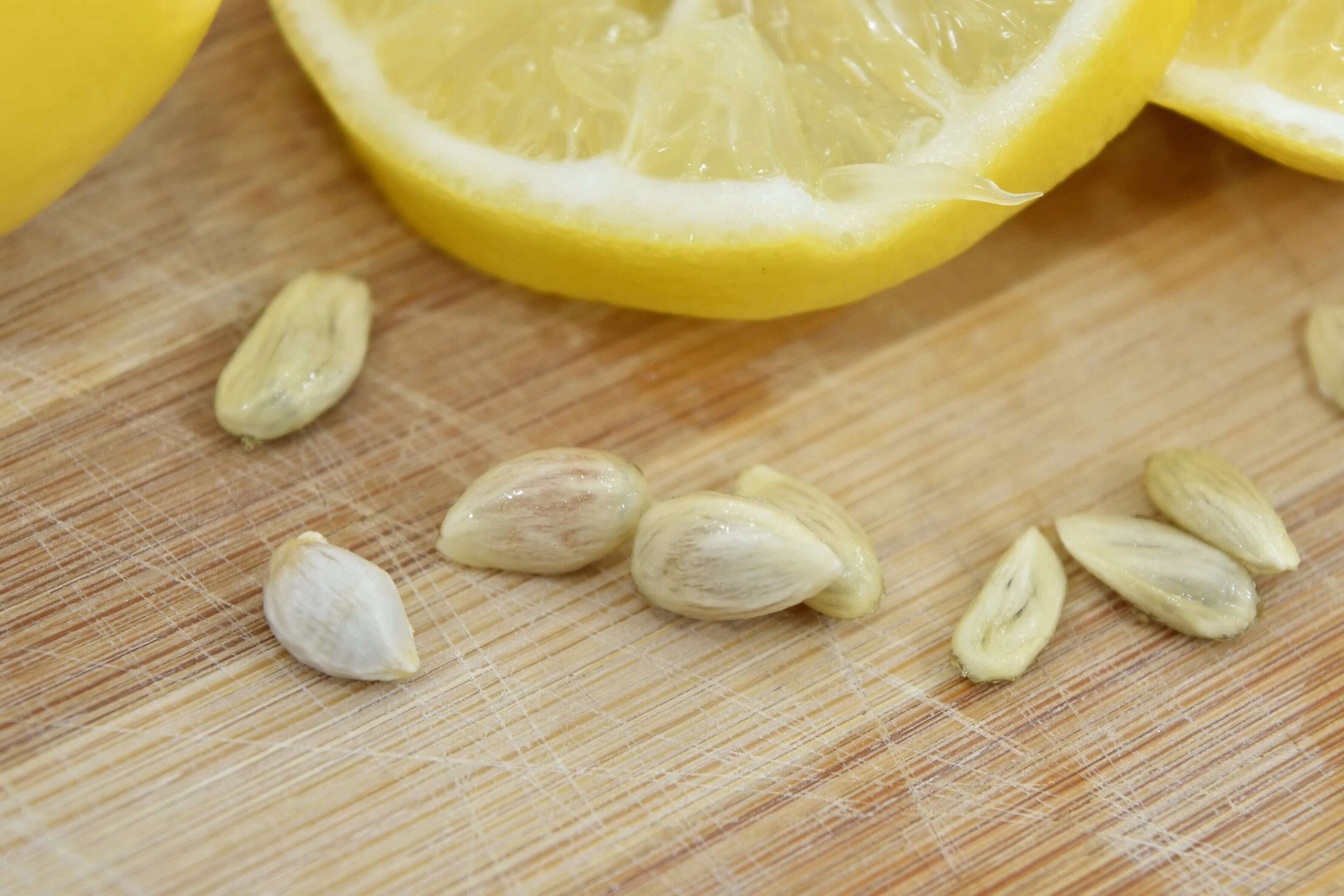
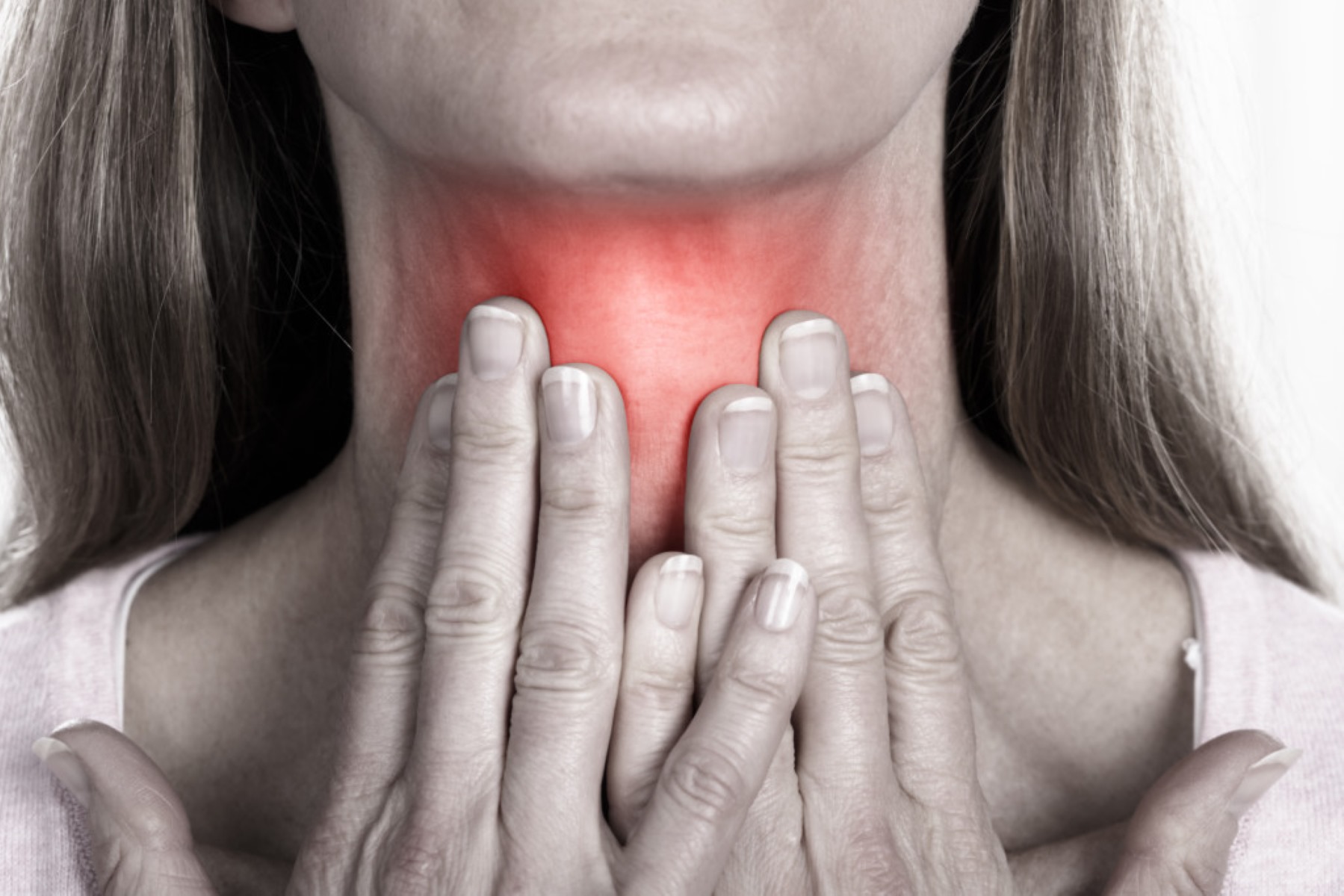
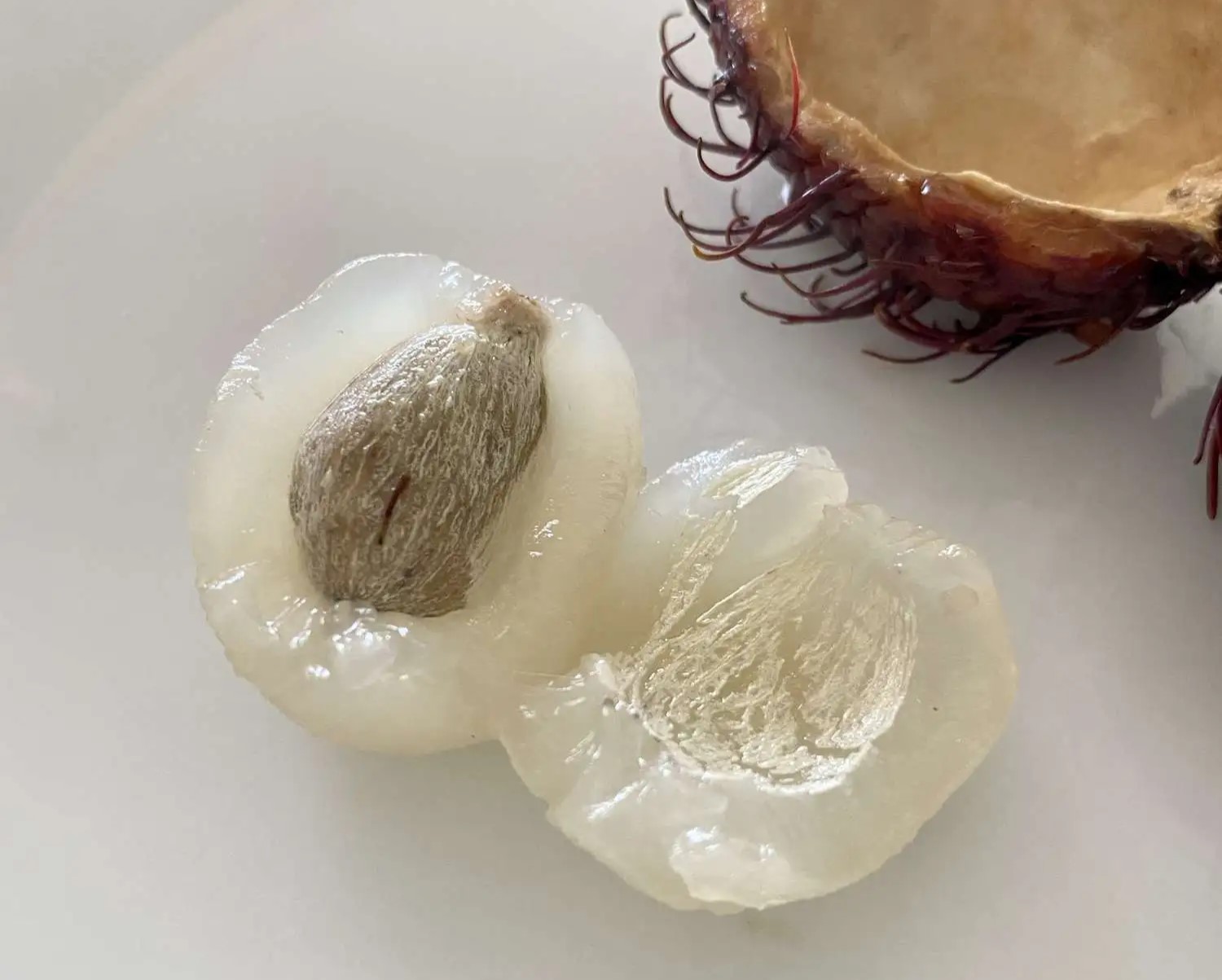

0 thoughts on “What Happens If You Swallow A Sunflower Seed Shell”